The Nicobar Pigeon, scientifically known as Caloenas nicobarica, is a captivating bird species that graces the remote Nicobar Islands of the Indian
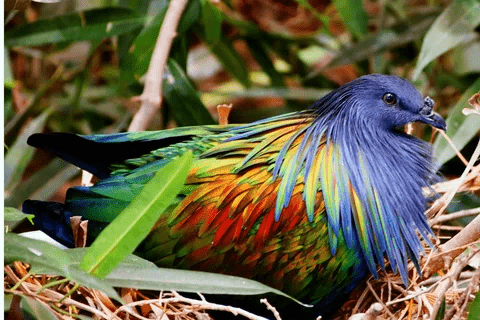
Ocean. Renowned for its vibrant plumage and unique features, this avian beauty has earned the moniker “Jewel of the Islands.” In this article, we will delve into the fascinating world of the Nicobar Pigeon, exploring its physical characteristics, habitat, behavior, and conservation status.
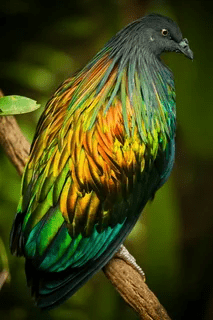
The Nicobar Pigeon is truly a sight to behold, standing out with its dazzling appearance. With a length of about 40 to 42 centimeters and a weight of around 600 to 800 grams, it is one of the largest pigeon species. Its most striking feature is its plumage, which exhibits an iridescent mix of metallic green, turquoise, and bronze shades. This vibrant coloring, coupled with a distinct coppery patch on its breast and a splendid white tail, make the Nicobar Pigeon a visual marvel.
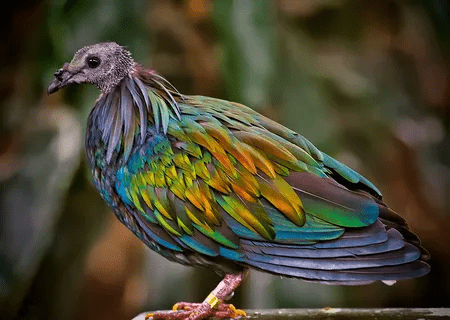
Endemic to the Nicobar Islands, an archipelago located in the eastern Indian Ocean, the Nicobar Pigeon primarily inhabits dense forests, mangroves, and coastal regions. These islands provide an ideal environment for the species due to their lush vegetation and abundant food sources. The pigeon’s distribution extends across a range of islands in the Nicobar group, including Great Nicobar, Nancowry, and Car Nicobar.
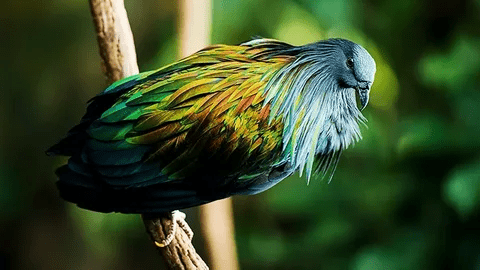
The Nicobar Pigeon displays intriguing behaviors and feeding habits. These birds are known for their ground-dwelling nature and prefer to forage on the forest floor. Their diet consists mainly of fruits, seeds, nuts, and insects. They play a crucial role in seed dispersal, aiding in the regeneration of forest ecosystems.
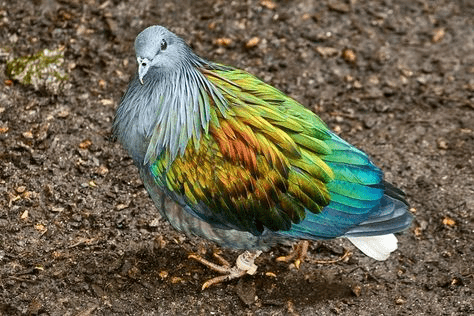
During courtship, male Nicobar Pigeons engage in elaborate displays to attract mates. These displays include puffing up their chests, cooing loudly, and fanning their tail feathers to showcase their vibrant plumage. Once a pair has bonded, they build a simple nest made of twigs and leaves in the dense vegetation. Both parents take turns incubating the single white egg and raising the chick.
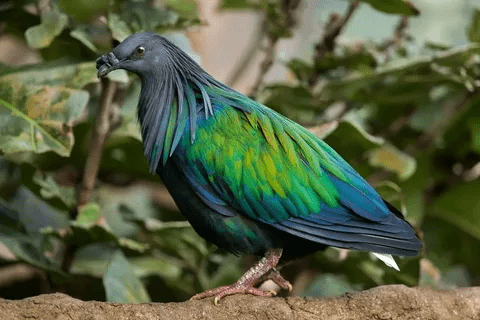
While the Nicobar Pigeon’s population is currently not critically endangered, its conservation status is of concern due to several factors. The destruction of its natural habitat, primarily caused by deforestation, poses a significant threat to the species. Additionally, illegal hunting and capture for the pet trade further exacerbate the pressures faced by these birds.
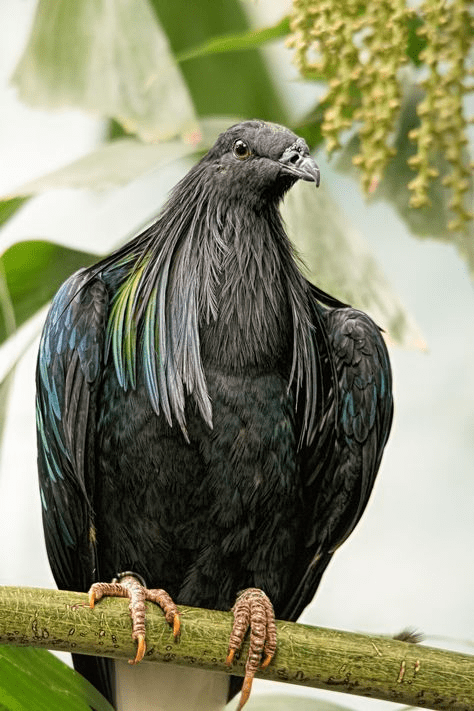
Efforts are being made to conserve the Nicobar Pigeon and protect its habitat. The Nicobar Islands have been declared a Biosphere Reserve by the Indian government, providing a protected status to the area. Strict regulations against hunting and logging help to control human activities and preserve the pigeon’s habitat.
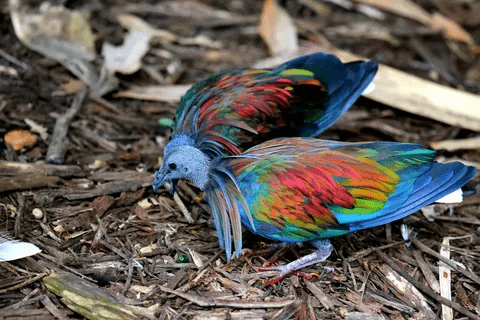
Moreover, community-based initiatives, scientific research, and public awareness campaigns are crucial in promoting the conservation of this unique species. Collaboration among local communities, conservation organizations, and governments is vital to ensure the long-term survival of the Nicobar Pigeon.
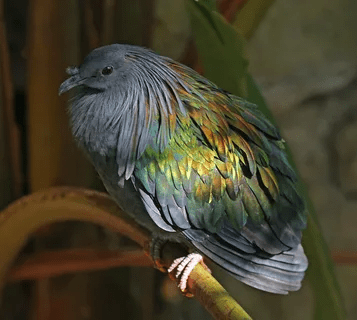
The Nicobar Pigeon, also known as the “Jewel of the Islands,” captivates with its breathtaking beauty and remarkable characteristics. Its vibrant plumage and distinct features make it a prized sight for nature enthusiasts and birdwatchers alike